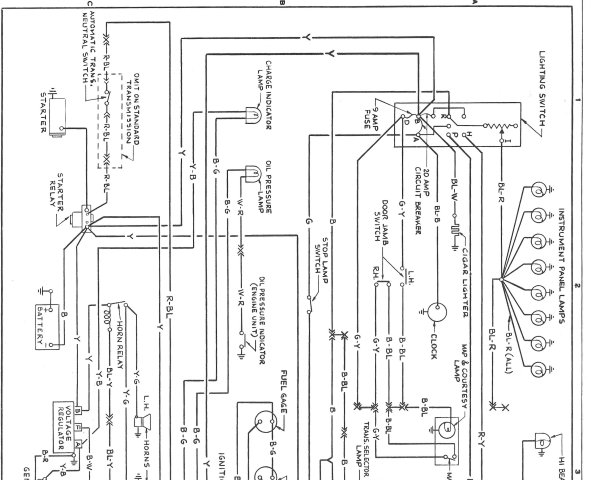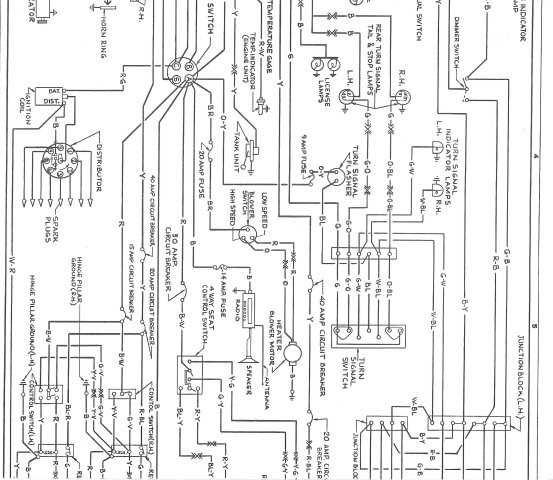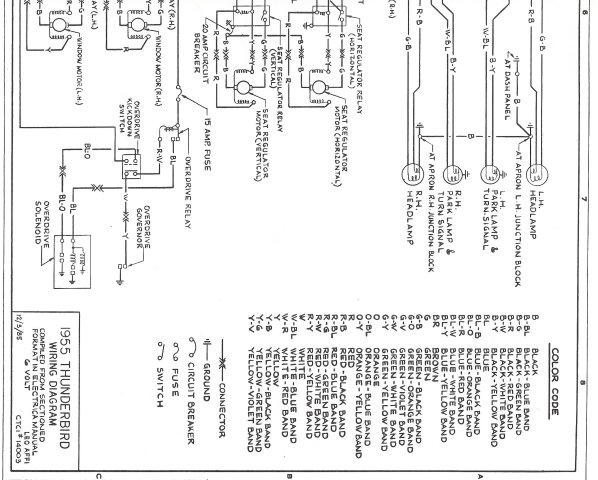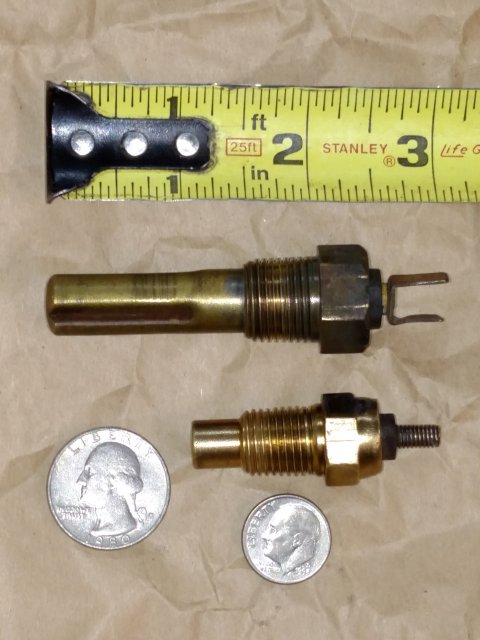Machinehand
Click here to upgrade
- Last seen
- Joined
- Oct 6, 2022
- Thunderbird Year
- 1955
Hello Guys, I’m in the process of restoring a 1955. I have the car completely dismantled down to bare body and frame. The dash is out, dismantled and all wiring is removed. The dash harness is very brittle but intact. The front and rear harnesses are rough. I plan on replacing all three. I will also be converting to 12v.
My question to you guys that have done restorations and converted to 12v is:
Since I am replacing all three harnesses, and plan on going to 12v, would it make sense to just go with 1956 harnesses?
This car is very solid and will be a clean driver with an ECZ block, heads and intake from a 1957. I have no interest in entering it in any concourse events.
Thank you in advance
My question to you guys that have done restorations and converted to 12v is:
Since I am replacing all three harnesses, and plan on going to 12v, would it make sense to just go with 1956 harnesses?
This car is very solid and will be a clean driver with an ECZ block, heads and intake from a 1957. I have no interest in entering it in any concourse events.
Thank you in advance






